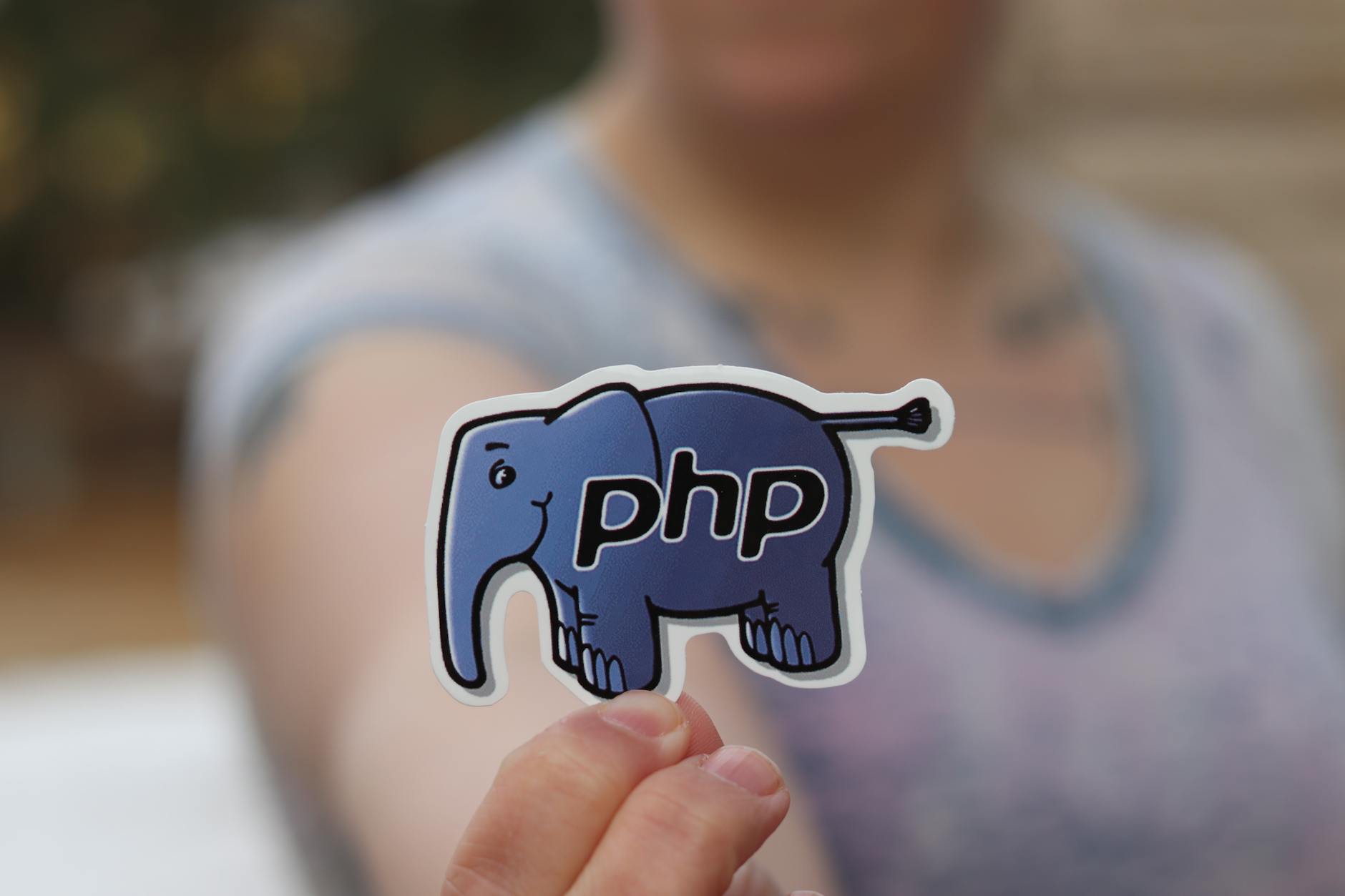Beginner’s Guide to Laravel: Learning User Authentication and Authorization from Scratch
What You Will Learn
- How to implement user registration and login using Laravel Breeze
- Simple permission management with middleware and Gates
- Accessibility enhancements: form labels and ARIA attributes
Intended Audience
- Absolute beginners who have just started with PHP/Laravel
- Those who need to quickly add secure login functionality in a real‐world project
- Developers preparing to learn authorization design for team or production use
Accessibility Level: ★★★☆☆
- Includes proper form labeling, keyboard operability support, and screen‐reader examples
Introduction: Why Authentication and Authorization Matter
In web application development, one of the highest priorities is providing a service that users can trust and feel safe using.
- Authentication (「認証」): verifying who is accessing the app (login/logout, password reset, etc.)
- Authorization (「認可」): controlling what each authenticated user is allowed to do (e.g. editing posts, admin-only pages).
In this article, we’ll leverage Laravel’s built-in packages to learn authentication and authorization end-to-end, with accessible code examples that even beginners can follow confidently. ♡
1. Setting Up Your Environment & Installing Laravel Breeze
First, create a new Laravel project on your local machine:
# Create a new project via Composer
composer create-project laravel/laravel myapp
cd myapp
# Install Breeze (a simple auth scaffolding package)
composer require laravel/breeze --dev
php artisan breeze:install
# Install JS/CSS dependencies and build assets
npm install && npm run dev
- These commands add Laravel Breeze, creating
/routes/auth.phpwith registration/login routesresources/views/authcontaining Blade templates
- After
npm run dev, open http://localhost:8000 to see the default auth screens.
2. Enhancing Accessibility on the User Registration Form
Breeze’s default form works, but we can improve it for accessibility:
-
Proper
<label>Elements<label for="name">Name <span aria-hidden="true">※</span></label> <input id="name" type="text" name="name" value="{{ old('name') }}" required autofocus>- Use
forto link label and input - Mark required fields visually but hide the asterisk from screen readers with
aria-hidden="true"
- Use
-
Screen‐Reader‐Friendly Error Messages
@error('email') <p id="email-error" class="text-red-600" role="alert"> {{ $message }} </p> @enderror <input aria-describedby="email-error" …>- Wrap errors in an element with
role="alert" - Reference it from the input via
aria-describedby
- Wrap errors in an element with
-
Keyboard Navigation
- HTML source order determines tab order, so keep markup in a logical sequence
- Always specify
type="button"ortype="submit"on custom buttons
3. Setting Up Login and Creating Reusable Components
Apply the same accessibility improvements to the login form and create Blade components for reuse.
3.1 Create a Custom Input Component
{{-- resources/views/components/form/input.blade.php --}}
@props(['id','type'=>'text','name','value'=>null,'label'])
<div class="mb-4">
<label for="{{ $id }}" class="block text-gray-700">
{{ $label }}
</label>
<input
id="{{ $id }}"
type="{{ $type }}"
name="{{ $name }}"
value="{{ old($name, $value) }}"
{{ $attributes->merge(['class' => 'mt-1 block w-full']) }}
>
@error($name)
<p class="text-red-600 mt-1" role="alert">
{{ $message }}
</p>
@enderror
</div>
- Defines input, label, and error display in one place
- Ensures consistent accessibility and styling
- Easily reusable across forms
3.2 Use the Component in Your Login View
<x-form.input id="email" type="email" name="email" label="Email Address" />
<x-form.input id="password" type="password" name="password" label="Password" />
<button type="submit" class="btn btn-primary">Login</button>
4. Basics of Permission Management: Middleware vs. Gate
4.1 Route-Level Protection with Middleware
In app/Http/Kernel.php, Laravel’s built-in auth middleware guards routes:
Route::middleware('auth')->group(function () {
Route::get('/dashboard', function () {
return view('dashboard');
});
});
- Only authenticated users can access
/dashboard
4.2 Model-Level Authorization with Gates
Define a Gate in AuthServiceProvider:
use Illuminate\Support\Facades\Gate;
use App\Models\Post;
public function boot()
{
Gate::define('update-post', function ($user, Post $post) {
return $user->id === $post->user_id;
});
}
In your controller:
public function edit(Post $post)
{
$this->authorize('update-post', $post);
return view('posts.edit', compact('post'));
}
- Only the post’s owner can edit it
5. Recap: Key Takeaways on Auth & Authorization
- Laravel Breeze for quick scaffolding
- Accessibility: Labels, ARIA attributes, and keyboard support
- Blade Components for reusable, accessible form controls
- Middleware vs. Gates for robust route- and model-level protection
With these fundamentals, even beginners can confidently implement user authentication and authorization in Laravel. Try it out in your next project and deepen your understanding as you go!
